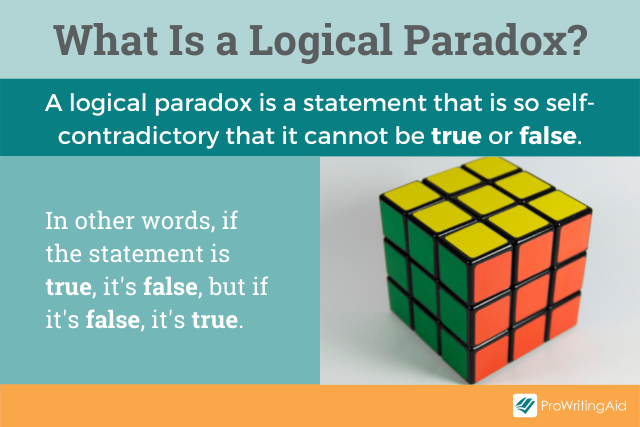This “Philosophy and Race” course began somewhat accidentally due to my being a teaching assistant, then instructor, for a similar course while a graduate student. It has since evolved as I ran reading groups for a Minorities and Philosophy chapter, and my nascent interest in the Philosophy of Race became a full-blown research program. As a result of my own evolving interests, and some surprising feedback from students, the course has a greater emphasis on some parts of the Philosophy of Race over others, e.g., the metaphysics of race and racial identities.
From its inception, the course was, and is, designed for students with no prior exposure to philosophy and has been set up to satisfy a variety of general education requirements. The overarching aim is to introduce students to a wide variety of work in both analytic and continental traditions, present them with as many different views as possible, and give them the tools to engage more thoughtfully in public conversations about race.
The course first starts with a bit of history to give students background into the origins and impact of race as a concept while pointing to various debates about race over time, which echo into contemporary literature. From there, the course is broken up into three broad units: a metaphysics unit, a phenomenology unit, and a normative/applied unit.
The goal of the metaphysics unit is to have students think about race from a 3rd person or “eye in the sky” perspective while working through various theories of race. Next, the phenomenological unit presents students with work on race, which takes a 1st-person perspective emphasizing lived experience. The normative unit then combines these two approaches by toggling back and forth between these theoretical perspectives when working on issues such as: defining racism, implicit bias, affirmative action, and the like.
To my surprise, students often claim that the metaphysics unit was their favorite, alongside (less surprisingly) the debate about eliminativism/conservatism of racial identities. Part of this stems, I think, from the fact that many of them say they think race is a social construction but admit they don’t know exactly what this claim means in any precise sense. To give them more options, I recently added work by Chike Jeffers and W.E.B. Du Bois as examples of a “race as culture” position.
That said, one of the weaknesses of the metaphysics unit is that it does not pick the best version of the biological racial realist position. If the course were listed as an intermediate or upper-level class, I would replace the current Sesardic/Taylor readings with work by Quayshawn Spencer and aim for an extended discussion about the use of race in medicine. An additional weakness is the lack of racial anti-realist positions.
Alternatively, the course is already heavy on metaphysics and could benefit from covering these ideas briefly through Kaplan and Winthers’s pluralist approach instead in order to free up space for normative issues not currently covered by the course.
With some historical background and working knowledge of various views about the content race claims, we then jump into a debate over the ethical status of racial identities. This debate is followed up by exploring work that emphasizes lived experiences ranging from Du Bois to Fanon, and later to Crenshaw and Alcoff’s work on intersectionality. The students often find this unit a refreshing break from the more traditional analytic metaphysics of the first unit and readily make use of various views on the metaphysics of race and historical background as they stake out their positions.
Finally, we bring all of these ideas to bear on issues surrounding microaggressions, implicit bias, and the nature of racism before ending on affirmative action and reparations. Through a variety of readings, the class examines the issues both structurally and personally—illustrating how experience can inform theorizing and vice versa.
The students engage in discussion frequently—through discussion boards and small groups in class. It often takes time for them to feel comfortable around certain topics, but as the course goes on, and they see the terrain is not nearly as simple as they first thought, I find they gain confidence and begin to speak more openly and carefully. Students also write multiple short papers as the course progresses so they can focus on one smaller idea at a time and work it out as clearly as possible.
This approach has, I hope, helped model for the students how the kind of serious, and respectful debates and disagreements that comprise Philosophy of Race can inform and improve our public discussions with one another on these topics.
The Syllabus Showcase of the APA Blog is designed to share insights into the syllabi of philosophy educators. We include syllabi in their original, unedited format that showcase a wide variety of philosophy classes. We would love for you to be a part of this project. Please contact Series Editor, Cara S. Greene via cara.greene@coloradocollege.edu, or Editor of the Teaching Beat, Dr. Smrutipriya Pattnaik via smrutipriya23@gmail.com with potential submissions.
The post Philosophy and Race, Cody Gomez first appeared on Blog of the APA.
Read the full article which is published on APA Online (external link)







